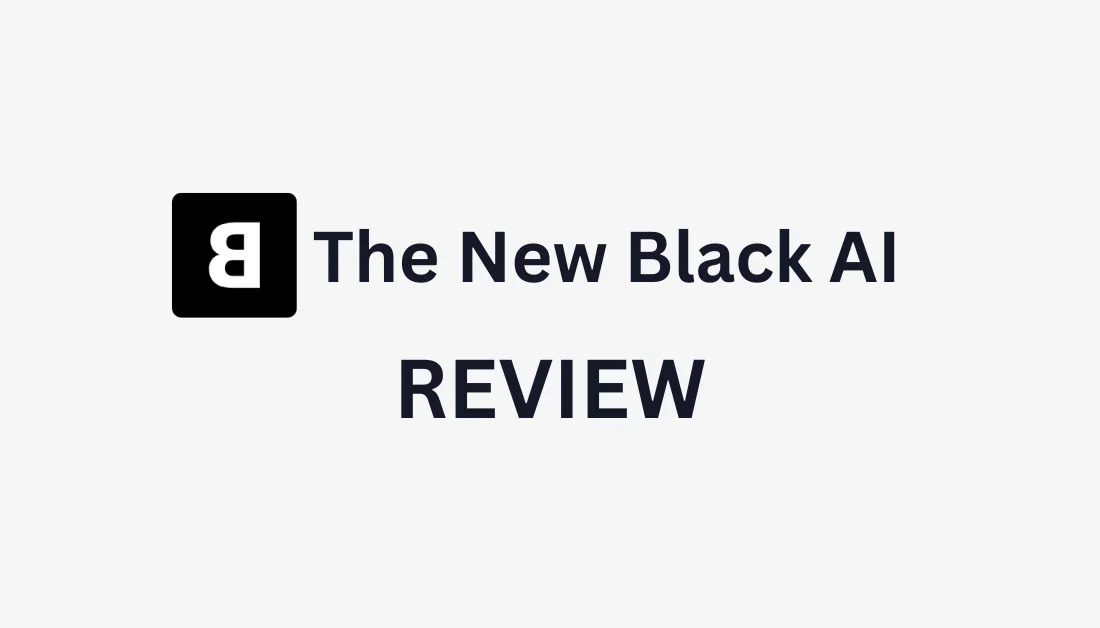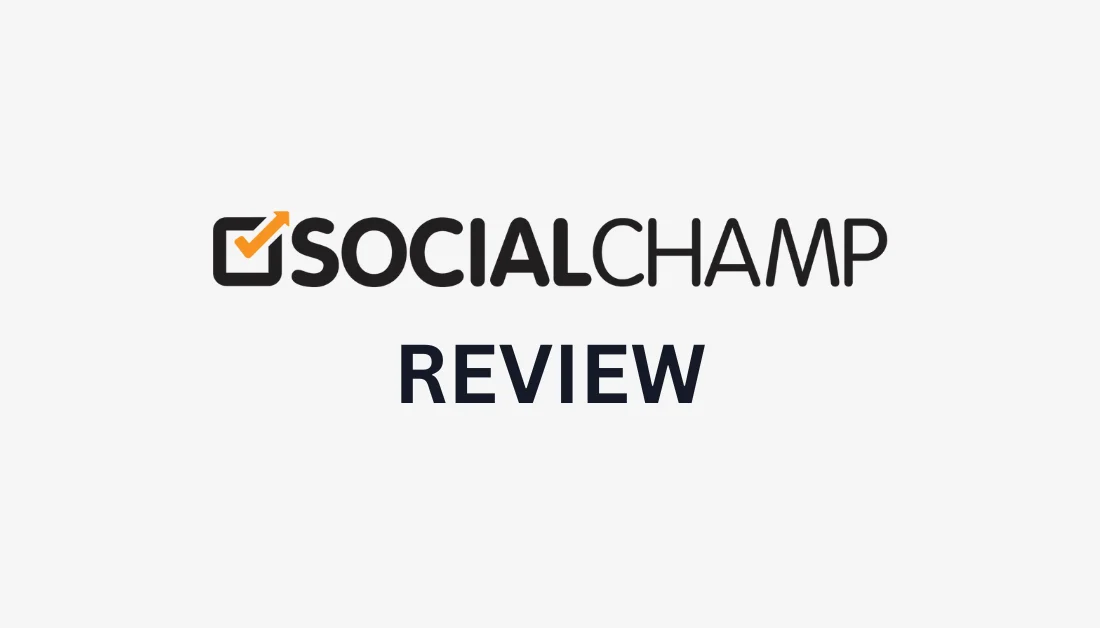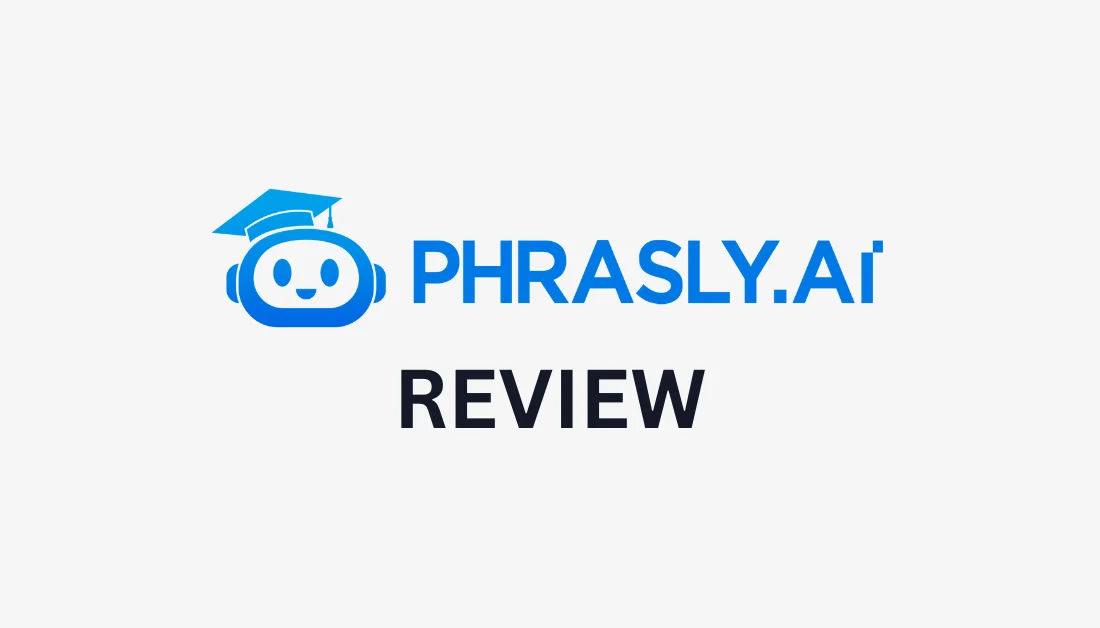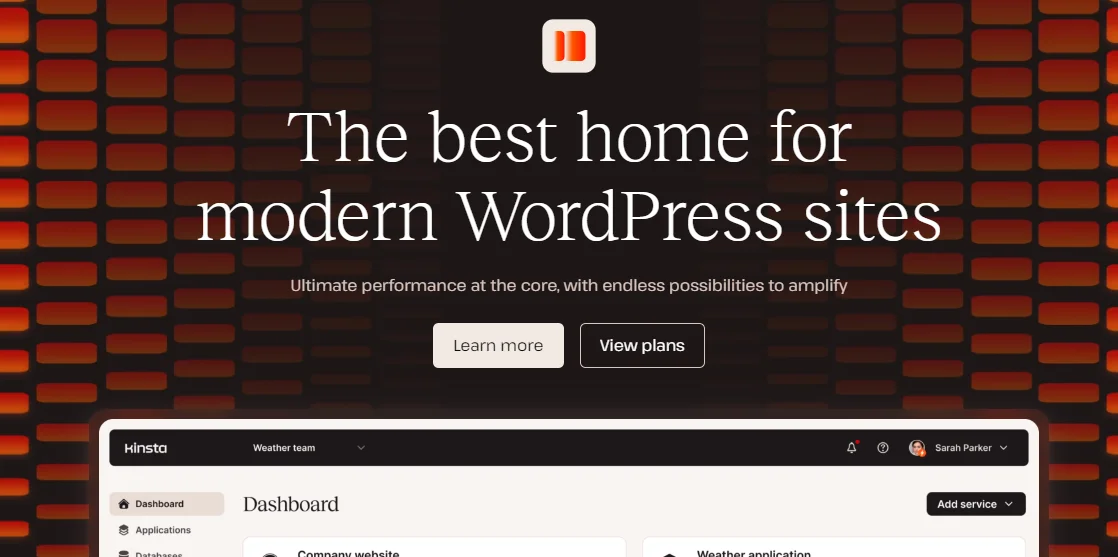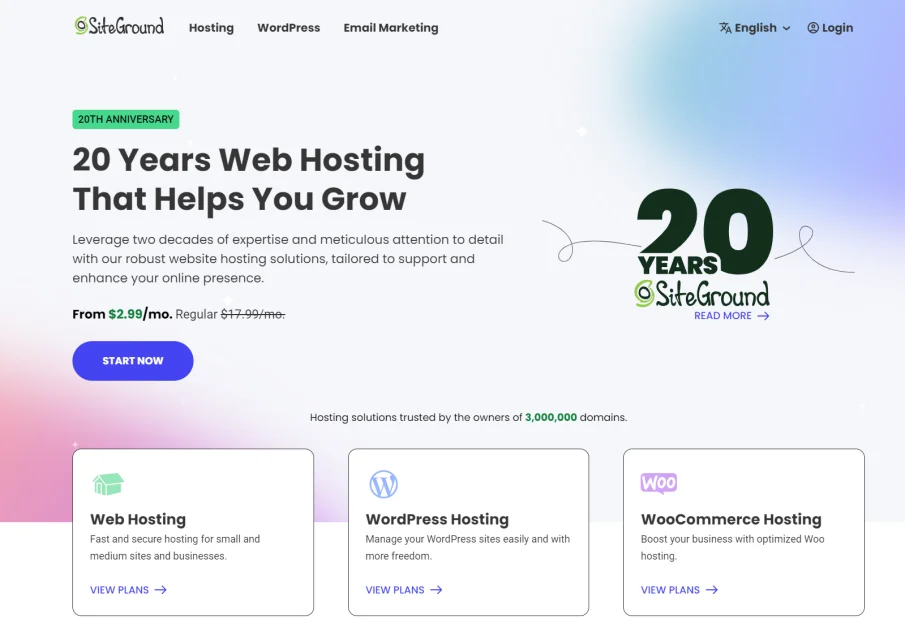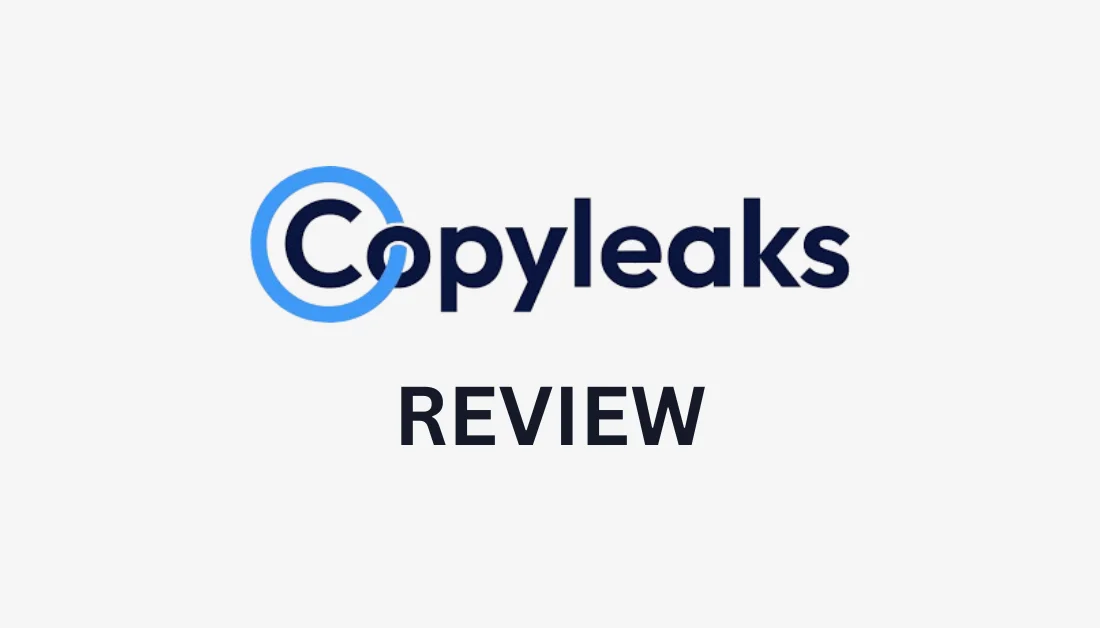
What is Copyleaks?

With over 30 million monthly AI content and plagiarism scans, Copyleaks is the top AI content detection platform that looks for plagiarism and ensures original content with its text analysis tools. Here are some of the main tools it offers:
- AI Detector: Trained on trillions of pages, this tool uses artificial intelligence to distinguish between human-authored and AI-generated content.
- Plagiarism Detector: Identifies potential plagiarism, various types of paraphrasing, copyright violations, and other related issues.
- Codeleaks: Identifies AI-generated code, detects plagiarized and altered source code, and offers necessary licensing information.
- Writing Assistant: Ensure your writing has no errors with sentence structure suggestions, mechanics, word choice, etc.
- Gen AI Governance: Use generative AI technology to navigate and safeguard against data leaks with enterprise-grade security measures.
- AI Grader: Grade standardized tests at all levels using AI more efficiently.
It also has seamless LMS integrations to use Copyleaks natively on your platforms. Plus, you can enhance your company's content strategy by using their highly adaptable API integrations for AI Detector API and Plagiarism, which come with customizable reporting and more.
You can have peace of mind knowing Copyleaks prioritizes data security and privacy above all else. They adhere to GDPR and hold certifications for SOC 2 and SOC 3. To guarantee the utmost safety and protection, their clients, systems, and infrastructure are safeguarded with top-tier security measures, including a cloud-based system architecture. Visit their Security Practices page for more!
Copyleak's AI Detector, Plagiarism Detector, Codeleaks Source Code Detector, and innovative Writing Assistant make for the ultimate tools for producing and identifying original content.
Who is Copyleaks Best For?
Copyleaks is helpful in many areas like training AI models, human resources, legal matters, helping out customer support teams, marketing activities, publishing and media work, and boosting enterprise security:
- Educators can use Copyleaks to ensure academic integrity by quickly scanning students' essays, homework, and research projects for plagiarism. Its AI-driven detection helps teachers identify copied content efficiently, promoting original work and fairness in educational settings. Plus, its AI Grader saves time by simultaneously grading tens of thousands of tests!
- Businesses can use Copyleaks to safeguard their intellectual property by detecting AI-generated content that may infringe on their original work. As a result, businesses' unique ideas and creations remain protected and exclusive, maintaining their competitive edge and brand integrity.
- Content creators and business owners can use Copyleaks' AI Model Training to ensure quality training for their AI models with Copyleaks' AI Detector. With it, they can identify and remove AI-generated data to streamline training, provide transparency, and maintain high-performing models sustainably.
- HR professionals can use Copyleaks to integrate GenAI into their workflows with data security and ethical use. Copyleaks safeguards privacy, detects AI-generated resumes and cover letters, and ensures transparency in candidate evaluations for a more reliable hiring process.
- Legal professionals can use Copyleaks to implement GenAI by securing client data and preventing leaks. Copyleaks also helps ensure AI-generated content is fair, accurate, and compliant with state regulations. Lawyers can count on a reliable service for spotting precise content and checking for plagiarism.
- Customer support teams can use Copyleaks to adopt generative AI by ensuring clear oversight of AI usage, preventing data leaks, and protecting customer privacy. Copyleaks also helps avoid biases and misinformation, providing positive customer experiences and safeguarding the brand's reputation.
- Marketers can responsibly manage AI-generated content using Copyleaks. It provides clear visibility into the produced content, preventing misleading or harmful information. As a result, marketers can ensure high-quality content that supports your brand’s reputation and avoids SEO penalties and ad biases.
- Media publishers can use Copyleaks to protect their content by quickly spotting if it's being used without permission or plagiarized online. Copyleaks helps you track where your content appears and whether it's been misused, making keeping your intellectual property safe easier.
- Enterprises can use Copyleaks to safely adopt generative AI by monitoring and securing their data using its tools. Copyleaks provides real-time alerts for potential security issues and helps set up and enforce clear policies to protect sensitive information.
Copyleaks Features
Copyleaks has features that make it a go-to for accurately spotting AI content and checking for plagiarism:
- AI Detector
- Plagiarism Detector
- Codeleaks
- Generative AI Governance
- Writing Assistant
- AI Grader
- Integrations
1. AI Detector

At the heart of Copyleaks is its AI detector, which third-party research has recognized as the most accurate and is relied upon by top organizations and institutions. It's an award-winning enterprise tool with over 99% accuracy, designed to identify AI-generated content across models such as ChatGPT, Gemini, and Claude in 30 languages.
Built on nearly a decade of development, it uses advanced AI to recognize human writing patterns. Trained on trillions of pages and having tested over 20,000 human-written papers, it minimizes false positives to just 0.2%.
This AI detector has the lowest rate of false positives compared to any other available. Copyleaks consistently test their AI Model and update it with new data and feedback to enhance accuracy.
This detector is part of a comprehensive suite that includes plagiarism detection, source code analysis, and a writing assistant. These are all aimed at ensuring content originality and integrity with military-grade security and GDPR compliance.
2. Plagiarism Detector

The Copyleaks Plagiarism Detector is an advanced AI tool that identifies potential plagiarism in over 100 languages and detects AI-generated content to ensure authenticity and ownership. It excels at detecting the slightest text variations, paraphrasing, and even image-based text plagiarism.
Copyleak's Plagiarism Detector stands out for its customizable reports. You can control data visibility, search for cross-language plagiarism, and exclude specific sources.
With access to over 16,000 open-access journals, 60 trillion websites, a million internal documents, and 20+ code data repositories, Copyleaks Plagiarism Detector ensures thorough results for preserving original content integrity.
3. Codeleaks

Copyleaks offers another feature called Codeleaks that effortlessly finds out if an AI made any part of your source code. It uses some smart AI detection methods to spot anything that a human might not have written.
This advanced AI source code detector effectively identifies AI-generated, plagiarized, and modified source code. It also provides essential licensing details to prevent copyright infringement and supports a wide range of programming languages, including:
- Ruby
- JavaScript
- CSS
- Markdown
- TypeScript
- Python
- C++
- C
- Java
- C#
- PHP
Unlike other code detectors that only look for identical text, Codeleaks offers unparalleled accuracy by reading code at the function level and highlighting potentially paraphrased sections, making it easier to detect and address issues. Codeleaks will also run automatic recurring scans that notify you of possible violations or breaches.
Codeleaks allows developers to be confident their work stays genuine and unique. It adds an extra safety net against the issues you might encounter with code created by artificial intelligence.
4. Generative AI Governance

Copyleaks' Generative AI Governance & Compliance feature helps businesses use AI responsibly by setting and enforcing company-wide policies.
One of its features is Gen AI Auditing. By integrating a basic API, you can access information on genAI usage across the entire enterprise to identify potential vulnerabilities and reduce risks.
Another feature is Gen AI Monitoring. This tool thoroughly monitors the use of generative AI throughout your organization and enforces AI policies in real-time for maximum protection.
Copyleaks' Generative AI Governance feature ensures responsible AI use and enterprise compliance. It provides comprehensive protection by monitoring and auditing AI activity, securing proprietary code, and ensuring adherence to internal policies.
With automated audits, it tracks restricted keywords and sensitive data, surfaces potential exposures, and maintains detailed records of AI interactions. The feature also generates proof of governance and compliance for stakeholders and requires user consent to ensure everyone follows the organization's AI guidelines.
5. Writing Assistant

The Copyleaks AI Writing Assistant is a powerful tool designed to help you write error-free content quickly and easily. It acts like a personal proofreader, offering suggestions on grammar, sentence structure, tone, and overall writing mechanics. It also helps keep your writing concise and fresh by providing sentence structure and word choice tips.
Additionally, it alerts you to potential errors such as spelling mistakes, comma errors, subject-verb disagreements, and more. The tool includes a Grammar Score feature that assesses your text, offering corrections, insights, and readability metrics.
Lastly, the Copyleaks Writing Assistant supports multiple languages, including German, Spanish, French, Italian, and Portuguese making it more versatile than many other writing tools!
6. AI Grader

If you're a teacher who's tired of manually grading student work, Copyleaks' AI Grader is for you. It efficiently grades tens of thousands of standardized tests across various levels, from state to national and university-wide.
Since this tool uses AI to grade student tests rather than humans, it delivers faster, unbiased, and more accurate test results. It also eliminates human errors and improves efficiency by reducing grader fatigue and turnaround times.
Here's how Copyleak's AI Grader works in a nut-shell:
- AI Grader examines a group of papers that humans have graded, understanding the responses and the grading process.
- The AI grading system then mimics human graders to assess exams on a large scale.
- Grades are given similarly to human assessment, and the finished exams are returned within minutes.
Copyleak's AI Grader supports over 100 languages and continues to evolve with the latest AI technology.
7. Integrations
Because of its smooth integrations, Copyleaks makes working with different platforms and systems effortless. It has an AI Detector API, a Plagiarism Checker API, an LMS Integration, and a Browser Extension.
These integrations allow you to add Copyleaks' AI content detection engine into your current setups without hassle meaning you can keep using your favorite tools and systems, but with the added power of detecting originality in your texts!
By integrating Copyleaks into your workflow, authenticity checks become seamless in things like managing website content or ensuring originality in school assignments. Integrations save time by making things more efficient while ensuring what you create is yours.
How to Use Copyleaks to Detect AI & Plagiarism
Here's how I used Copyleaks to detect AI and plagiarism in text that I uploaded:
- Create a Copyleaks Account
- Go to New Scan
- Upload Content
- Choose Your Settings
- Scan Text
- Analyze Results
Step 1: Create a Copyleaks Account

I started by visiting the Copyleaks homepage and selecting “Try it Now.”
Step 2: Go to New Scan

After creating a Copyleaks account, I went to “New Scan” on the top left.
Step 3: Upload Content

On this page, I could easily drag and drop the following types of files for Copyleaks to detect AI:
- Text
- Files
- Code files
- URL
- OCR (extract text from images)
- Compare (text, files, and URLs against each other)
I selected “Text,” but choose the one compatible with your file type.
Step 4: Choose Your Settings
Before uploading my text into Copyleaks, I ensured my settings were correct.

On the left were two toggles for “AI Content Detection” and “AI Plagiarism Detection.” These toggles are where I could decide whether I wanted Copyleaks to check for AI, plagiarism, or both. I kept both toggles on and recommend you do the same for the most insights, but feel free to toggle these switches on or off to suit your needs!

I noticed another toggle below these two: “Online Sources.” If you're checking for plagiarism, I recommend keeping this on. This Compares the text with online sources and will give you the most thorough analysis.

Above the toggles were a list of four items I could omit from being checked for plagiarism:
- References
- Quotes
- Citations
- Table of Contents
I left these unchecked, but feel free to check them if you know the text will have these items and you want to avoid checking them for plagiarism.

The final toggle was called “Internal Database.” Turning this on allowed me to compare my documents for plagiarism with a vast number of user-submitted documents, providing added assurance. I kept this turned off, but feel free to turn it on for more accuracy.

At the bottom was an option for “Scan Frequency.” The Scan Frequency option allowed me to schedule automated recurring plagiarism and AI content scans. I didn't need this, so I kept it on “Never.” Next to this was “Scan Destination,” where I could choose a folder to store my scans.
Step 5: Scan Text
Now that I had all my settings in place, I was ready for text scanning!

I wanted to generate content that was 100% AI-generated and see if Copyleaks could detect it. I generated some text using ChatGPT on “George Washington's Life & Legacy” and pasted it into the text field for Copyleaks to scan. I hit the “Scan” button on the bottom right.
Step 6: Analyze Results
A few seconds later, Copyleaks presented me with my results!

The first tab, called “Matched Text,” gave me an overview of the plagiarized and original content. It told me that the AI content I pasted was:
- 7.4% Identical
- 2% had Minor Changes
- 25% was Paraphrased
- 65.6% was Original
Generally speaking, 15-20% of plagiarism is acceptable in university. You'll want to keep plagiarism under 15%.
ChatGPT kept completely plagiarized content under 15% (the stats say 7.4% was detected as identical). However, 34.4% of the text corresponded to some form of preexisting content, whether it was the same, had slight alterations, or was paraphrased, which isn't the best.
Overall, I'd say that when it came to plagiarizing content, ChatGPT did a decent job primarily generating original text.

When it came to detecting AI Content, ChatGPT failed. The tab on the right next to “Matched Text” showed all of the text I'd pasted, highlighted in purple, meaning Copyleaks successfully detected this content as entirely generated with AI. There's no getting past Copyleaks with AI-generated content!

